Who’s Climbing Everest This Year?
Mount Everest, the pinnacle of mountaineering challenges, is on track for a bustling 2024 climbing season. According to Alan Arnette, a renowned chronicler of high-altitude expeditions, an estimated 600 foreign climbers, accompanied by 900 Sherpas, are expected to tackle the Nepalese side of Everest. This could bring the total number of climbers on this side to 1,700. Meanwhile, the Tibetan side is anticipated to see around 100 foreign climbers, with a similar number of local climbers and Tibetan Sherpas, bringing the overall expected climbers to about 1,950 for spring. Favorable weather conditions, with winds under 48 km/h (30 mph), could significantly aid in their summit attempts.
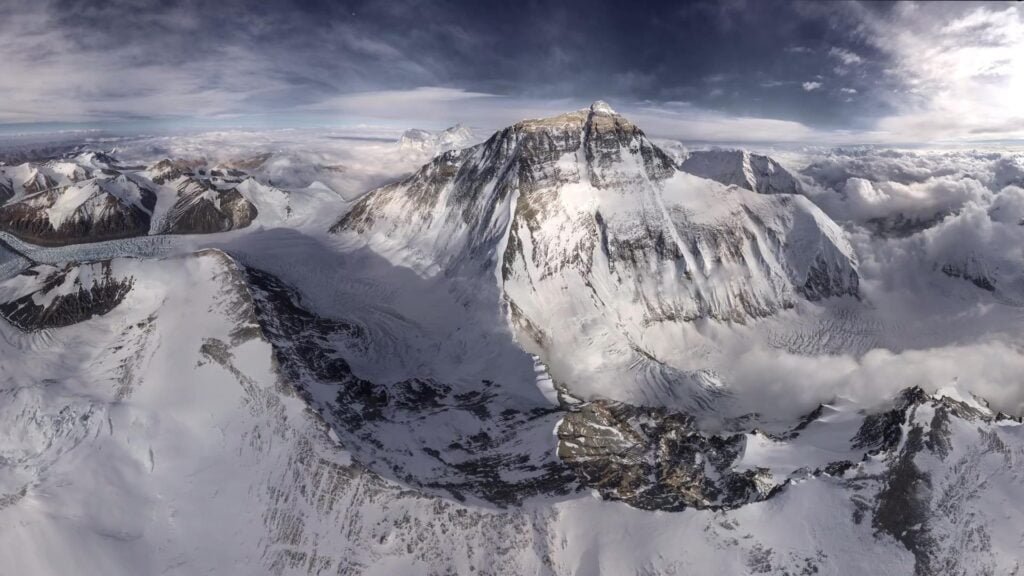
Climbing Success and New Records
The Himalayan Database revealed that Everest’s summit success rate stood at 60% in 2023. Extrapolating from this, 2024 could witness around 1,140 climbers reaching the top, with Sherpas accounting for half of these successful ascents. This would shatter the record set in 2019 of 877 total summits, indicating Everest’s undiminished allure and the increasing capability of climbers and guides alike.
Economic Factors Influencing Everest Ascents
A notable rise in climbing activity can be attributed to several factors. Although the Nepalese government announced a fee increase for Everest climbing permits from $11,000 (79,149 CNY) to $15,000 (107,931 CNY) by 2025, prompting many to climb before the hike. Furthermore, competition among Nepalese expedition companies has driven service prices down to as low as $30,000 (215,895 CNY), in stark contrast to Western companies charging up to $75,000 (539,771 CNY) or more. This price war has made Everest accessible to a broader audience previously deterred by cost.
A Word of Caution on Budget Expeditions
It’s crucial to note that comparing prices between local Nepalese companies and Western expedition firms might oversimplify the matter. The $30,000 package, often seen as the “budget” option, typically offers only basic amenities, such as tents and minimalistic meals. Furthermore, climbers may find themselves without guide accompaniment for most of the journey, including critical moments of the ascent. This lean approach to guiding could pose significant risks, especially for inexperienced climbers.
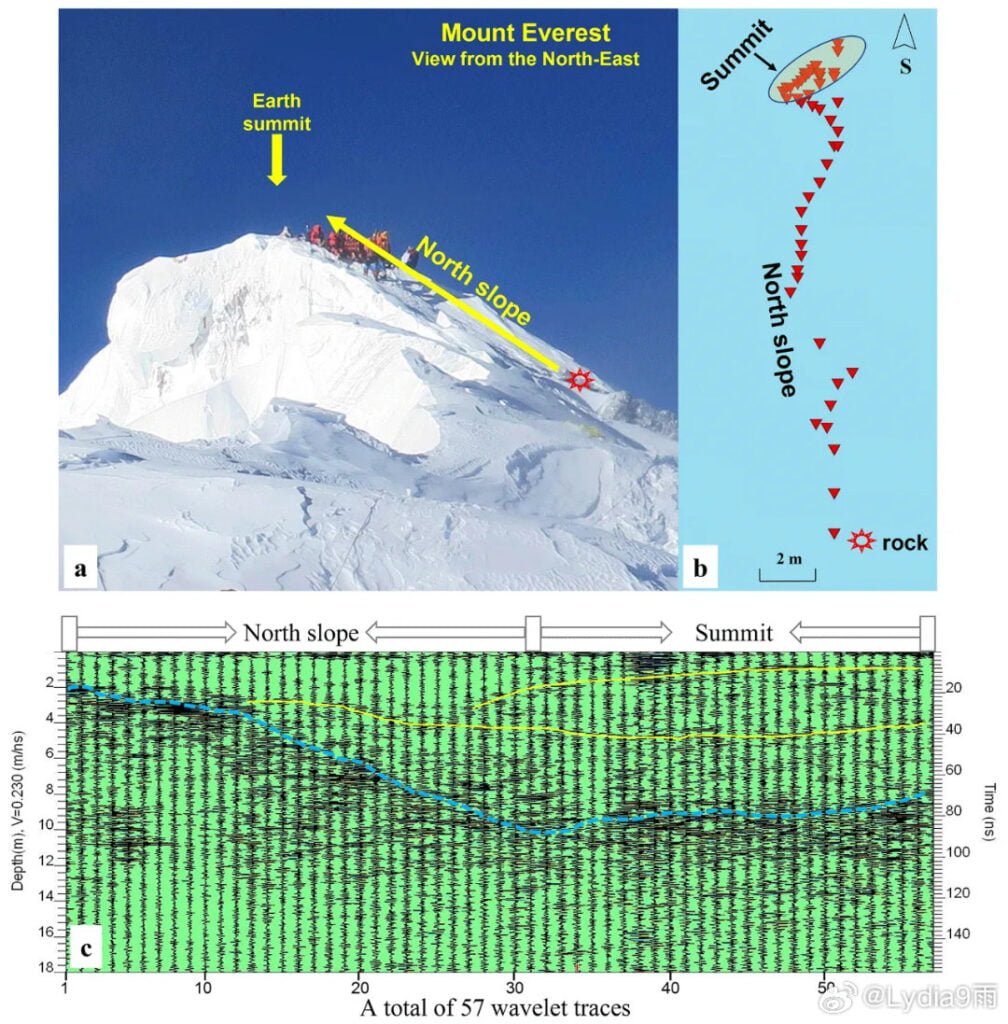
Gazing at the Summit of Everest from the South Col: The 2024 Perspective
The Eternal Allure of Mount Everest
Undoubtedly, Mount Everest holds an infinite allure… In short, it stands as the highest peak on Earth, with expedition leaders employing endless supplies of supplemental oxygen and the generous assistance of Sherpas to tame this giant through the repeated use of the same routes each year. However, this narrative was tinged with a grim note last year when we witnessed a record number of fatalities in a single climbing season: 18 lives lost, 11 of which could have arguably been prevented.
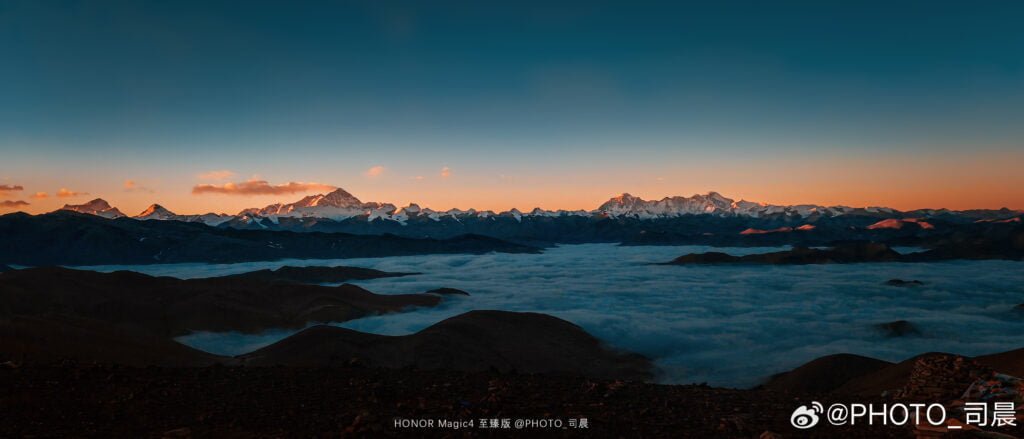
A New Chapter: The Opening of Tibet’s Side
2024 marks a significant change with the reopening of the Tibetan side of Everest to climbers. Since 2020, the access to the three eight-thousander peaks within the Tibetan Autonomous Region had been restricted to Chinese climbers only, leaving foreign climbers on the sidelines. In 2023, the China Tibet Mountaineering Association (CTMA) announced the reopening of Everest, but the prolonged visa application process resulted in a fourth consecutive year without foreign climbers on Everest’s North Face.
This year, under the leadership of Adrian Ballinger and the Alpenglow team, the excitement is palpable as they plan to return this spring. Other veteran expedition companies like Kobler & Partner, Furtenbach Adventures, Seven Summits Treks, and Climbalaya will also be seen on the Chinese side, where the use of supplemental oxygen is mandatory for all.
Leading the Charge: Seven Summit Treks (SST)
Starting with Seven Summit Treks (SST), the leading company in organizing expeditions to all eight-thousander peaks. As per their latest update:
“This climbing season, the SST team has confirmed 65 climbers for Everest (South Side), leading the pack in Nepal’s expedition industry. SST organizes expeditions to all eight-thousanders in Nepal (Everest, Kanchenjunga, Lhotse, Makalu, Dhaulagiri I, and Annapurna I), as well as those in the Tibetan Autonomous Region, except for Manaslu, targeted for autumn climbs.”
The Himalayan Times interviewed several expedition companies, reporting that, as of now, 328 climbers have booked their journey to the summit of the world. It’s important to remember that, on average, each foreign climber is assisted by 1.5 Sherpas, indicating these numbers represent foreign climbers only. Moreover, some teams have yet to confirm their numbers, hence the notation ‘e’ following their count.
Everest’s Nepal Side: The Southeast Ridge Route
The Southeast Ridge route on Everest’s Nepalese side remains the most trodden path for climbers aiming to conquer the highest peak on Earth. As the 2024 climbing season unfolds, the world watches with bated breath, hoping for safe and successful ascents amid the challenges and the undeniable draw of Mount Everest.
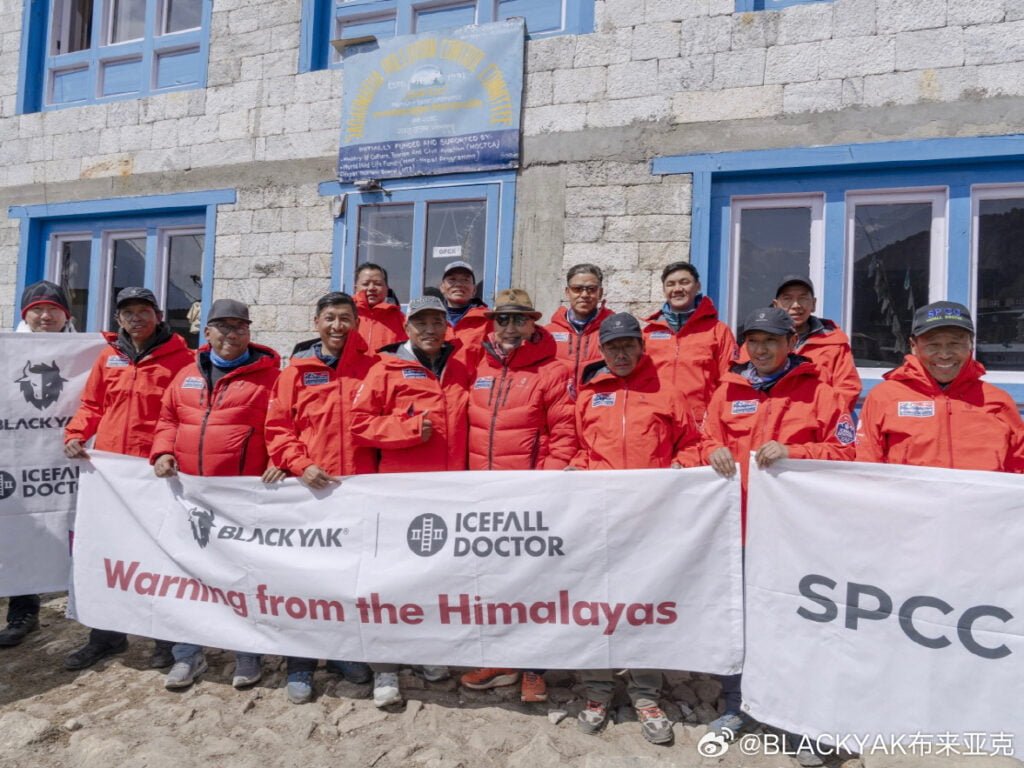
Everest’s Climbing Teams and Their Numbers
The following are the confirmed numbers for various teams attempting to summit Everest from the Nepalese side along the Southeast Ridge route:
- 8k Expeditions: 45 climbers
- 14 Peaks Expeditions
- Asian Trekking: 25 climbers
- Beyul Adventure: 5 climbers
- Elite Expeditions: 20 climbers
- Everest Parivar Treks: 10 climbers
- Expedition Himalaya: 7 climbers
- Glacier Himalaya Treks: 16 climbers
- Himalayan Ascent: 9 climbers
- Himalaya Vision Treks: 2 climbers
- Imagine Nepal: 35 climbers
- Kaitu Expedition Team: 7 climbers
- Makalu Adventure: 8 climbers
- Mountain Experience: 8 climbers
- Satori Adventures: 9 climbers
- Shangri-La Nepal Treks: 10 climbers
- Snowy Horizon: 8 climbers
- Peak Promotion: 5 climbers
- Pioneer Adventures: 27 climbers
- Seven Summit Adventure: 15 climbers
- Seven Summits Treks: 65 climbers
From the Tibetan side along the Northeast Ridge route:
- Ascent Himalayas Team
- Climbalaya Team
- Dreamers Destination Team – e
- Seven Summits Treks Team
- Transcend Adventures Team – e
Western teams on the Nepalese side, based on recent years’ data, comprise 227 foreign climbers:
- 7 Summits Club: 30 climbers
- Adventure Consultants: 10 climbers
- Adventure Peaks: 10 climbers – e
- Alpine Ascents International: 7 climbers
- Altitude Junkies: 10 climbers
- Benegas Brothers: 5 climbers – e
- Climbing the Seven Summits: 28 climbers
- International Mountain Guides: 35 climbers
- Furtenbach Adventures: 22 climbers
- Jagged Globe: 10 climbers
- Kobler & Partner: 10 climbers
- Madison Mountaineering: 25 climbers
- Mountain Madness: 5 climbers – e
- Mountain Trip: 5 climbers – e
- Rainier Mountaineering Inc.: 5 climbers – e
- Summit Climb: 10 climbers
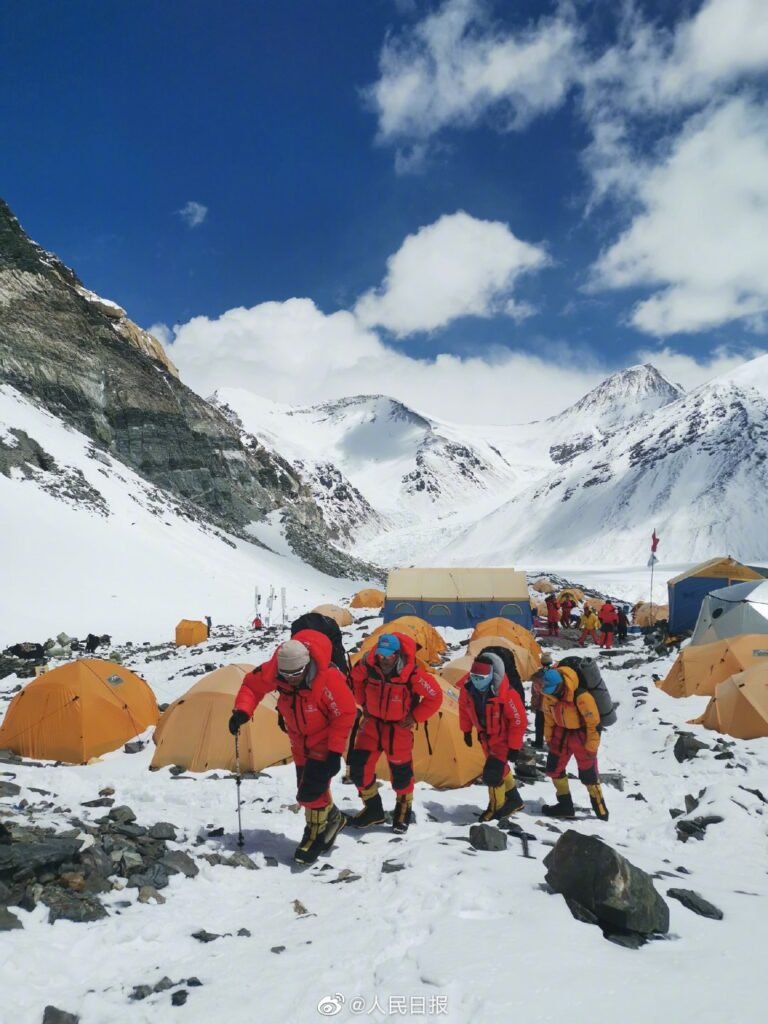
Regulations and Challenges
Despite regulations regarding waste collection and the use of WAG bags/GPS chips, there are serious doubts about their enforcement. The “GPS chip” is actually a RECCO reflector, unrelated to GPS technology. Luxury items at base camp have seen regulations relaxed, allowing for larger dining and resting tents, though massage tents are not permitted. New rules prohibiting helicopters from delivering supplies to Everest’s South Base Camp are unlikely to be enforced due to logistical challenges and insufficient local resources for transportation.
Wishing Climbers a Safe Season
As the climbing community looks forward to the Everest 2024 season, the focus remains on safety, waste management, and ensuring all climbers return home safely. The anticipation builds for those attempting Everest, as well as Lhotse and Makalu, with the climbing world eagerly watching.
Conclusion
The 2024 Everest climbing season is poised to be a record-breaker, with nearly 1,950 climbers aiming for the summit from both Nepal and Tibet. Economic factors, including the forthcoming permit fee increase and competitive pricing by local companies, are significant drivers behind this surge. However, climbers considering the more economical options should be wary of the compromises on safety and support these packages may entail. As Everest continues to beckon adventurers from around the globe, the balance between accessibility and safety remains a critical consideration for all involved.

















